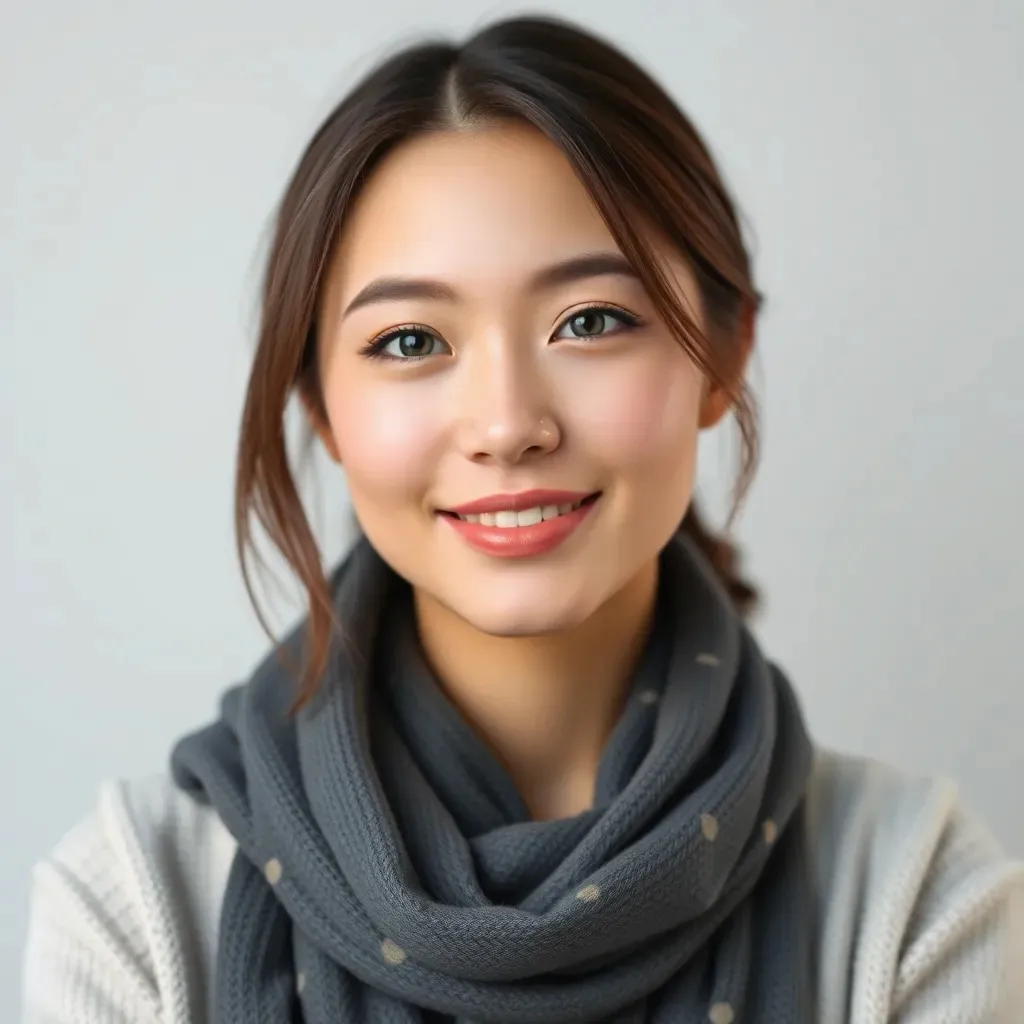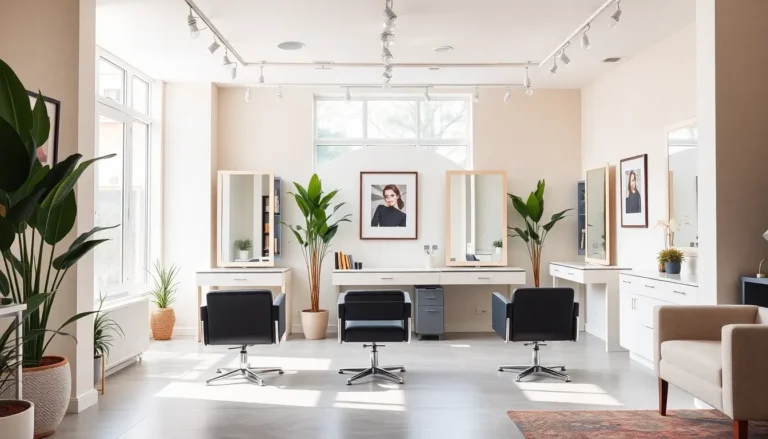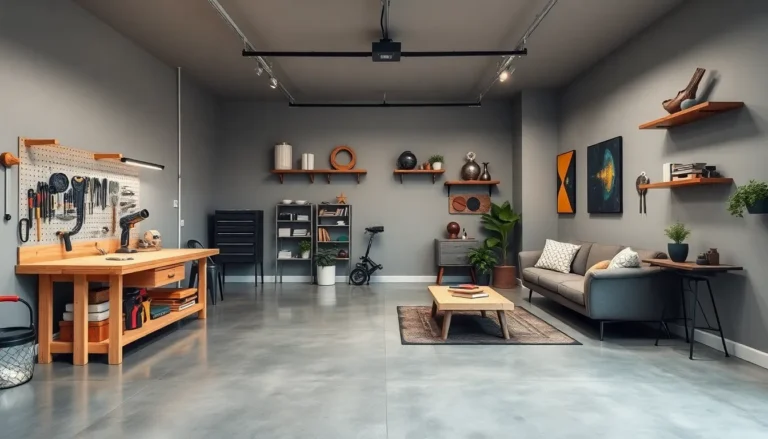Mixing patterns isn’t just for the bold and daring; it’s for anyone who wants to elevate their style game and unleash their inner fashionista. Imagine stepping into a room where every eye turns to you, not because you wore that same old black dress again, but because you’ve combined stripes, florals, and polka dots like a pro. It’s like a fashion buffet—why settle for one flavor when you can have them all?
Table of Contents
ToggleUnderstanding Mixing Patterns
Mixing patterns is a creative approach in fashion that adds personality and flair to outfits. This technique invites everyone to explore vibrant combinations and step beyond conventional styles.
Definition and Importance
Mixing patterns involves combining two or more different designs within an outfit. It’s an essential skill that elevates personal style and showcases individuality. A well-executed mix can create visual interest and enhance an overall look. The significance lies in its ability to express creativity while breaking the monotony of solid colors. Wearing mixed patterns allows for unique style statements that capture attention. Fashion enthusiasts appreciate this technique for its versatility and potential to transform ordinary ensembles into extraordinary ones.
Types of Mixing Patterns
Various types of patterns lend themselves well to mixing. Stripes often pair seamlessly with florals, creating a balanced and refreshing look. Geometric patterns bring structure and can complement softer choices like paisleys. Polka dots add a playful touch, making them a fun choice to mix with both stripes and florals. Checks or plaids can introduce depth and texture, offering a more sophisticated appeal. Understanding these combinations enhances one’s ability to experiment confidently with different designs. Each pattern type serves its purpose, inviting endless creative possibilities in fashion choices.
Techniques for Mixing Patterns
Mixing patterns can elevate any outfit significantly. Utilizing the right techniques enhances visual appeal and personal style.
Layering
Layering involves the strategic placement of patterns atop one another. Choose complementary designs, such as a striped shirt layered under a floral blazer. Consider varying the scale of patterns; larger patterns tend to serve as focal points while smaller ones add subtlety. Combining textures also contributes to depth; for instance, a soft cotton floral shirt under a textured plaid jacket creates visual intrigue. Ensure that colors align harmoniously to unify the layered look. The careful arrangement of patterns pays off in a striking ensemble that stands out.
Blending
Blending focuses on seamlessly integrating different patterns within a single outfit. Start by selecting a common color palette to unify the various designs. For example, mix polka dots with stripes in shades of navy and white, maintaining consistency in color to create cohesion. Utilize patterns that share an element, such as a similar shape or theme, to enhance unity within the outfit. Accessories like scarves or bags can further blend patterns together. Remember that pairing bold designs with more subdued ones can ground the overall look, ensuring that each piece complements rather than competes for attention.
Applications of Mixing Patterns
Mixing patterns finds diverse applications in both fashion and interior decor, providing opportunities to express creativity and individuality.
Fashion and Design
Fashion industry professionals often incorporate mixing patterns to create striking outfits. Designers use a variety of combinations, including stripes paired with florals or polka dots. Mixing scales, such as a large floral print with smaller geometric shapes, enhances visual interest. Balance becomes crucial; pairing bold patterns with muted ones can create harmony. Accessories play a role too, such as a patterned scarf complementing a patterned dress. Recognizing the importance of color palettes ensures smooth transitions between different patterns, making ensembles cohesive. Fashion enthusiasts can explore these techniques to revolutionize their wardrobes.
Interior Decor
In interior decor, mixing patterns adds dimension and personality to spaces. Homeowners showcase individuality through various combinations, such as geometric designs with floral upholstery. Utilizing distinct patterns on throws, pillows, and rugs contributes to a layered look. The key lies in balancing colors; similar tones can unify disparate patterns. Assessing the scale of patterns helps achieve depth, allowing larger designs to work alongside smaller ones. Room size also influences pattern selection—open spaces can accommodate bold patterns, while smaller rooms can benefit from subtle touches. Those eager to refresh their spaces can embrace mixing patterns for a vibrant aesthetic.
Tips for Successfully Mixing Patterns
Successfully mixing patterns requires attention to detail and a keen eye for aesthetics. Color coordination plays a crucial role in unifying different designs within an outfit.
Color Coordination
Color coordination brings harmony to mixed patterns. Selecting a consistent color palette simplifies the process. One can choose neutral tones as a base and use brighter colors to highlight various patterns. By keeping a common color theme, different designs blend seamlessly. For example, pairing floral patterns with stripes in similar shades creates a cohesive look. Accessories, such as bags and shoes, can reinforce these colors, further enhancing unity.
Scale and Proportion
Scale and proportion significantly impact how patterns interact with one another. Using different sizes of patterns provides visual interest. Large patterns tend to dominate, so pairing them with smaller designs can create balance. For example, a bold paisley print may work well with a fine polka dot fabric. It’s also essential to consider the proportion of patterns to body shape. Mixing patterns that cater to individual proportions enhances overall appeal. This thoughtful approach ensures that patterns complement each other, rather than clash.
Mixing patterns opens up a world of creative possibilities in both fashion and interior design. By embracing various designs and textures, individuals can express their unique style and personality. Whether it’s layering patterns in an outfit or combining them within a living space, the key lies in balance and cohesion.
Using a consistent color palette and considering the scale of patterns can make the process seamless and visually appealing. This approach not only enhances personal aesthetics but also transforms ordinary looks and spaces into extraordinary statements. With a little experimentation, anyone can master the art of mixing patterns and enjoy the vibrant results.






